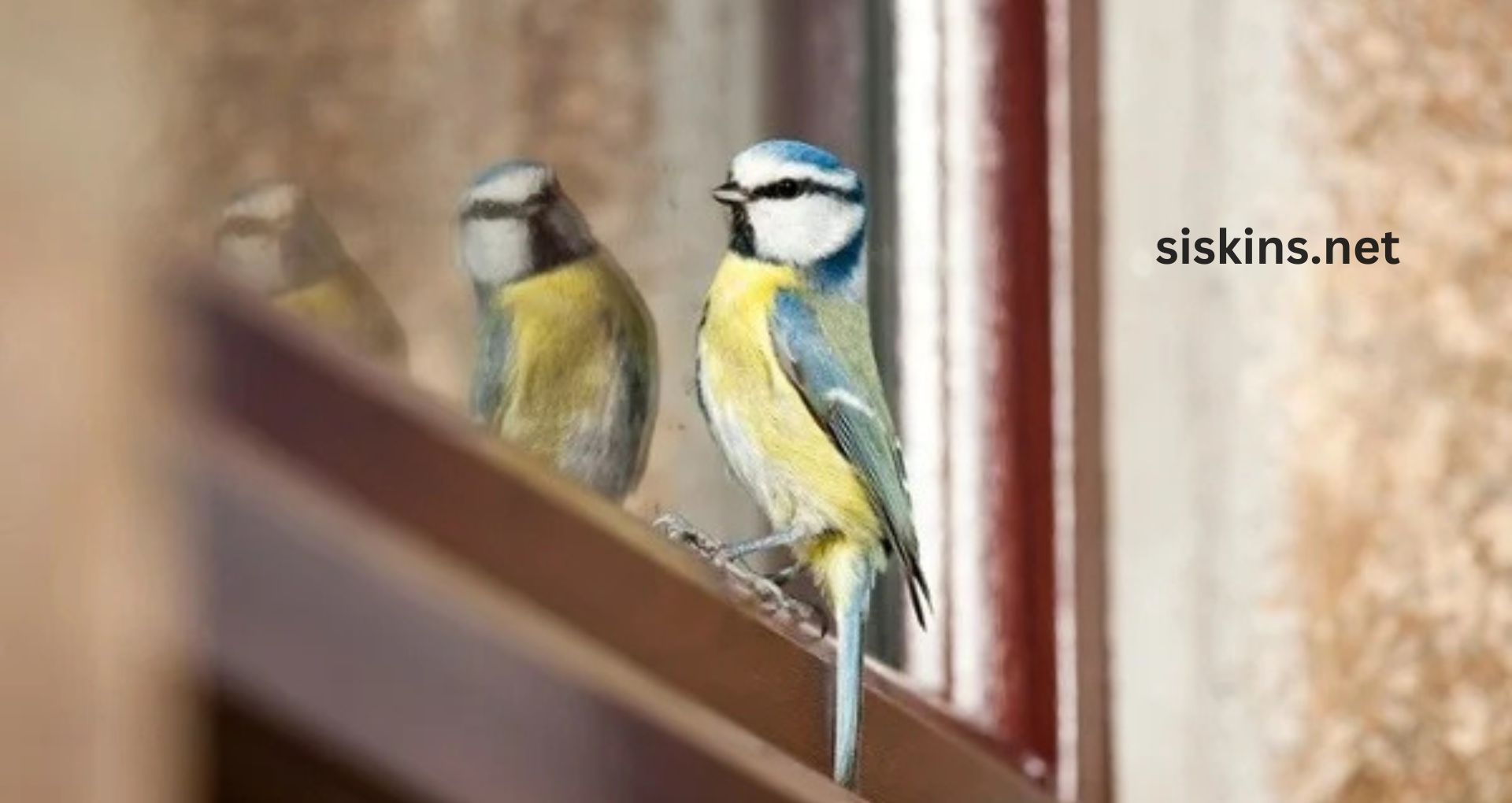Birds colliding with windows is a common issue that affects gardens. It also impacts home exteriors. This can lead to injuries or even fatalities for these feathered friends. Whether it’s due to reflections, transparent glass, or positioning, many homeowners face the challenge of keeping birds flying into windows. There are many effective ways to create a bird-safe environment. These methods do not compromise the beauty of your garden. This article will explore practical, eco-friendly strategies for preventing bird-window collisions. It will also help create a harmonious space for both you and your garden visitors.
Why Birds Fly into Windows?

Birds often fly into windows because they perceive reflections of the sky, trees, and other outdoor elements as real, open spaces. This reflective illusion can mislead birds, especially when they are flying at high speeds. Some birds may even see through the glass and mistake interior plants or other features as part of the natural outdoor environment, leading them to approach and collide with the window.
Reflection, Transparency, and Window Height: Major Collision Factors
Certain environmental and structural factors increase the likelihood of birds colliding with windows. The main contributors include:
- Reflection: Reflective windows can mirror the sky or greenery, fooling birds into thinking it’s safe to approach.
- Transparency: Birds can see through glass and mistake objects inside, such as plants or lights, for outdoor features.
- Height: Higher windows, particularly those on upper stories near trees, are especially prone to bird collisions.
Understanding these factors helps homeowners take targeted actions to minimize these risks effectively.

Anti-Collision Window Bird Stickers Decals Glass Door Protect and Save Bird Strikes
Protect birds from window strikes with these anti-collision decals, designed to make glass doors visible and prevent accidents. Easy to apply and effective.
Visible Window Patterns | Prevent Birds Flying into Windows
One of the easiest and most effective methods to prevent bird collisions is to make the window more visible with patterns:
- Use decals and stickers spaced around four inches apart. Birds are likely to avoid surfaces that look obstructed.
- Vertical strips of tape create a visual barrier, alerting birds to the presence of the glass.
- Anti-collision window films are another excellent option. These films minimize reflectivity and help create a “patterned” appearance that birds can see.
Install External Window Screens

Adding screens on the outside of your windows not only reduces reflections but also provides a cushion if birds do collide with the window. Screens are particularly useful because they also create an additional barrier without blocking too much light from entering the home. This option is easy to implement and an effective preventive measure for bird safety.
Using Anti-Collision Films and Tapes
There are specialized anti-collision films and tapes designed specifically to prevent bird strikes:
- One-way transparent films allow people inside to see out but reduce external reflectivity for birds.
- Patterned film options can provide attractive designs while offering the dual benefit of deterring birds.
- Clear UV-reflective decals are visible to birds but almost invisible to humans. This feature makes them ideal for preserving a window’s aesthetic. They also promote bird safety.

Decals Bird Alert Static Clings for Door, Window, Glass Decoration, Prevent Bird Strikes
The window cling set comes with 90 pcs white leaf decors on 9 distributed sheets, sufficient quantity to meet your different decorating needs.
Strategic Placement of Bird Feeders
Positioning bird feeders or baths within three feet of windows or more than thirty feet away is ideal. When feeders are close, birds have less distance to build up speed if they do fly toward a window. Alternatively, positioning feeders farther away reduces the chance that birds will accidentally approach the window.
Window Coverings: Blinds, Shades, and Curtains

Interior window treatments can also play a role in minimizing bird collisions:
- Close blinds or shades halfway to break up reflections.
- Sheer curtains offer a diffused light effect that reduces the visibility of reflections while still allowing natural light indoors.
Low-Cost Bird Deterrents
For homeowners seeking inexpensive options, there are several effective, low-cost bird deterrents to try:
- Reflective tape or strips placed around the window can catch the light and create a visual warning.
- Wind chimes and other outdoor decorations that sway in the breeze can alert birds to potential obstacles.
- Planting shrubs or trees near windows can create a natural barrier. This reduces reflections and discourages birds from flying close to windows.

Bird B Gone – Reflect-A-Bird – Reflective Spinning Deterrent
Keep birds away with Reflect-A-Bird’s reflective spinning deterrent. Ideal for gardens and outdoor spaces, it effectively scares birds using motion and shine.
Bird-Friendly Glass Options
Bird-friendly glass has been designed specifically to prevent collisions by incorporating patterns that birds can see. While installing new glass may be a higher-cost option, it is an ideal solution for homes where bird strikes are frequent and severe. This type of glass is also available in attractive designs that complement both modern and traditional home exteriors.
Creating DIY Window Patterns with Markers

For a creative DIY approach, consider using markers or paint to create decorative patterns on your windows. These can be seasonal designs, abstract patterns, or nature motifs that both enhance your home’s aesthetic and make the windows more visible to birds. Ensure the designs are bold and spaced close enough to discourage birds from attempting to fly through.
Also Read: How do I design a garden for both birds and pollinators?
Lighting Considerations at Night
Adjusting lighting around windows can also help reduce bird strikes, particularly during migration seasons when nighttime lighting can confuse birds. Dimming or turning off exterior lights at night can reduce the risk, as can using “warm” LED lighting, which is less likely to attract birds.

